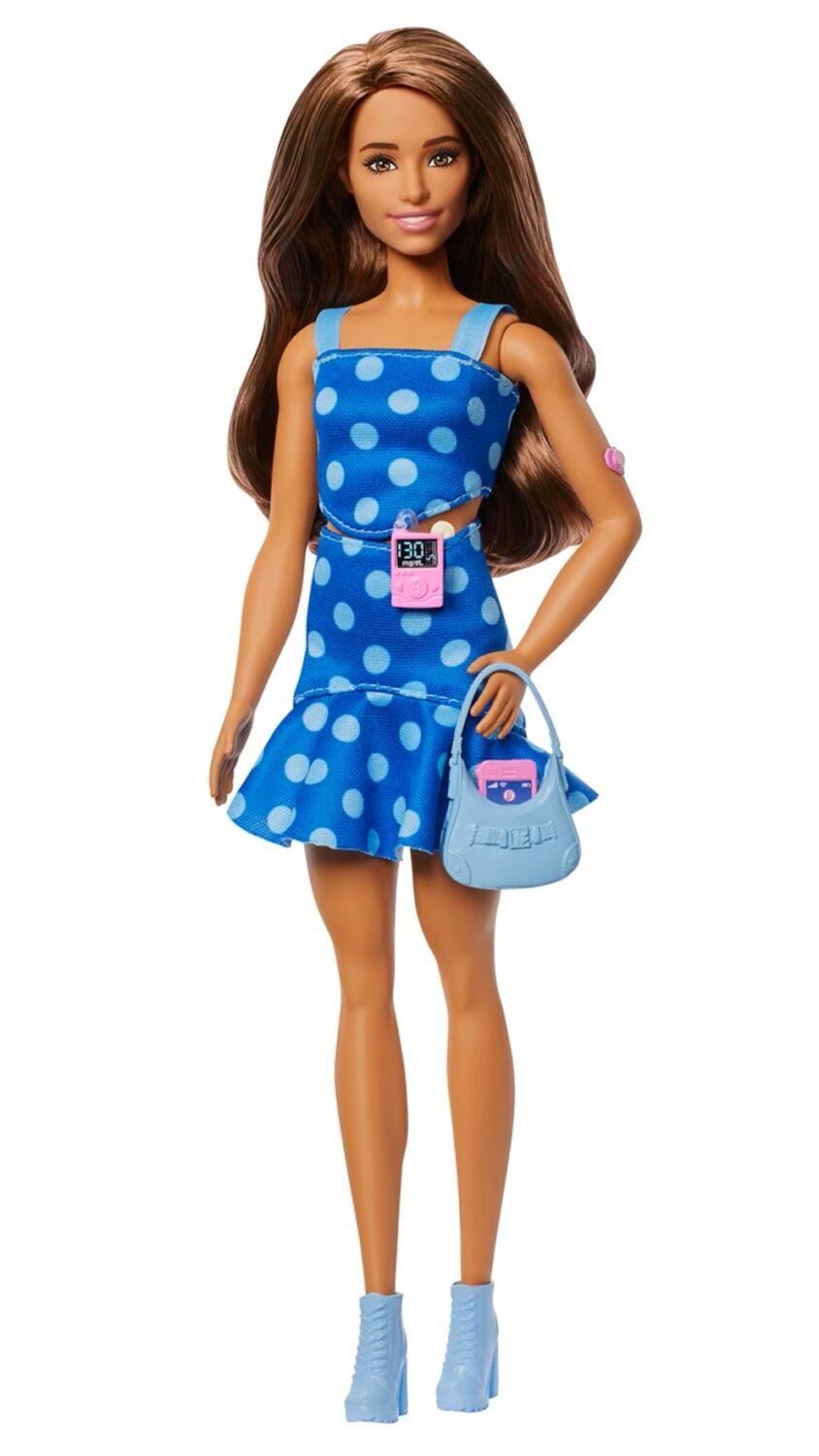Barbie with a Glucose Monitor: Why Mattel’s New Doll Is a Win for Representation

 Barbie with a Glucose Monitor: Why Mattel’s New Doll Is a Win for Representation.
Barbie with a Glucose Monitor: Why Mattel’s New Doll Is a Win for Representation.
Barbie Gets Real: How Mattel’s New Doll with Type 1 Diabetes Is Changing the Game.
In a move that’s stirring powerful conversations across parenting blogs, diabetes forums, and pop culture platforms, Mattel has released a new Barbie doll that wears a glucose monitor — a direct nod to children living with Type 1 diabetes.
This isn’t just a new accessory. It’s representation. For decades, Barbie’s look was aspirational, but not always relatable. The introduction of a doll that reflects the lived experience of many children turns the brand’s legacy toward empathy and inclusion.
Why It Matters
- Visibility creates comfort. Children with Type 1 diabetes often feel “othered” — especially in environments where their condition isn’t acknowledged.
- Play meets reality. Toys have always been a reflection of the world children live in. This Barbie affirms that managing diabetes is not something to hide or feel shame about.
- Empowerment through education. For families, this doll offers an opportunity to teach peers, siblings, and classrooms about what diabetes really means, breaking stigmas and building understanding.
A Brief Barbie Timeline of Inclusion
Mattel has been steadily expanding Barbie’s identity:
- In 2016, they introduced dolls with varying body types and skin tones.
- In 2020, they launched dolls with prosthetic limbs and vitiligo.
- In 2022, Barbie with hearing aids hit the shelves. And now in 2025, Barbie joins the diabetes community — unapologetically visible.
The Bigger Picture
This release aligns with a growing wave of inclusive consumer products — from sneakers designed for wheelchair users to apps that feature avatars with assistive devices.
Mattel isn’t just making toys; they’re making statements. And this doll, tiny as she may be, carries the weight of a very big one: Every child deserves to feel seen.
Whether you’re a content creator, advocate, or parent, the ripple effect of this doll is worth exploring — not just for the diabetes community, but for the evolving standards of what childhood representation should look like.
-Jay Katz
